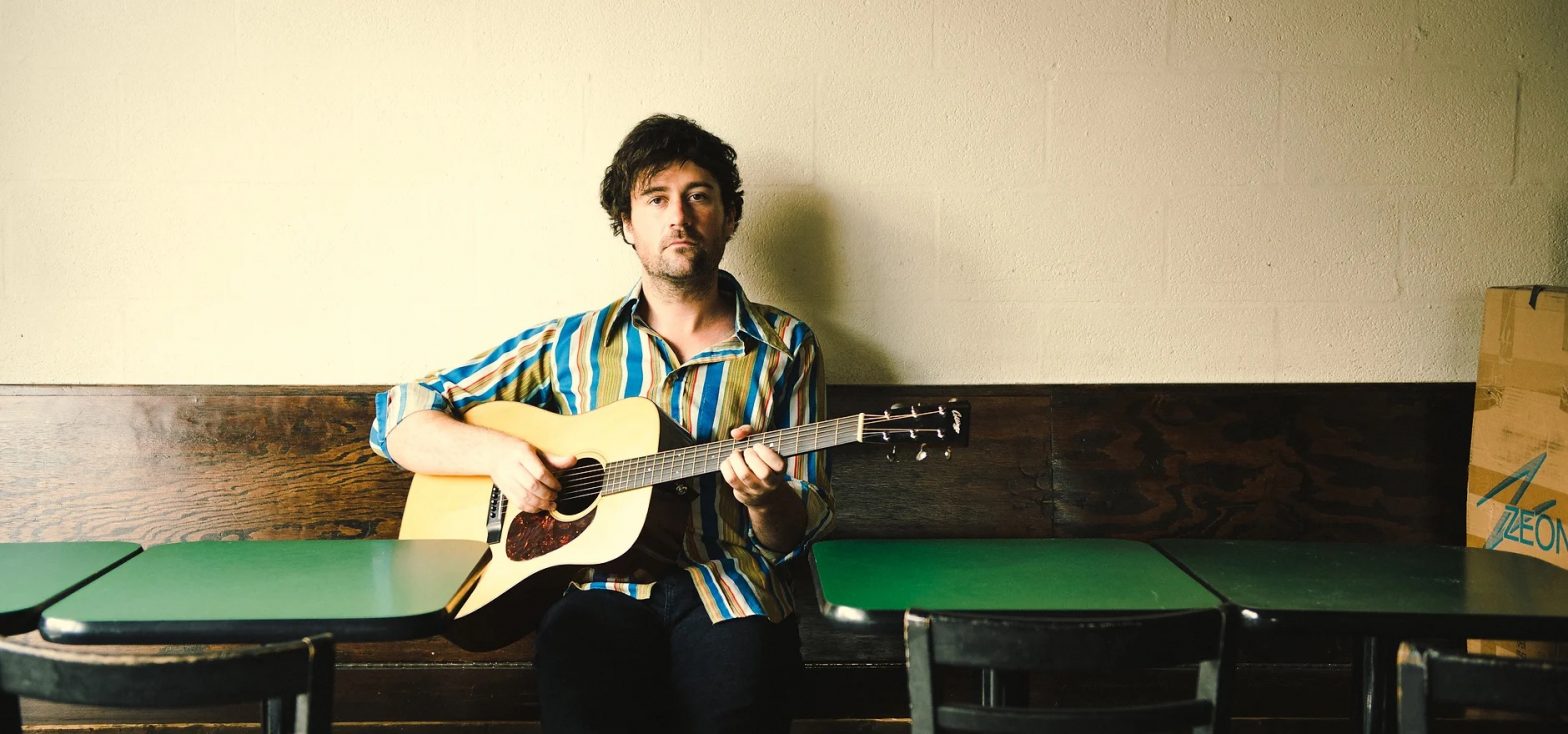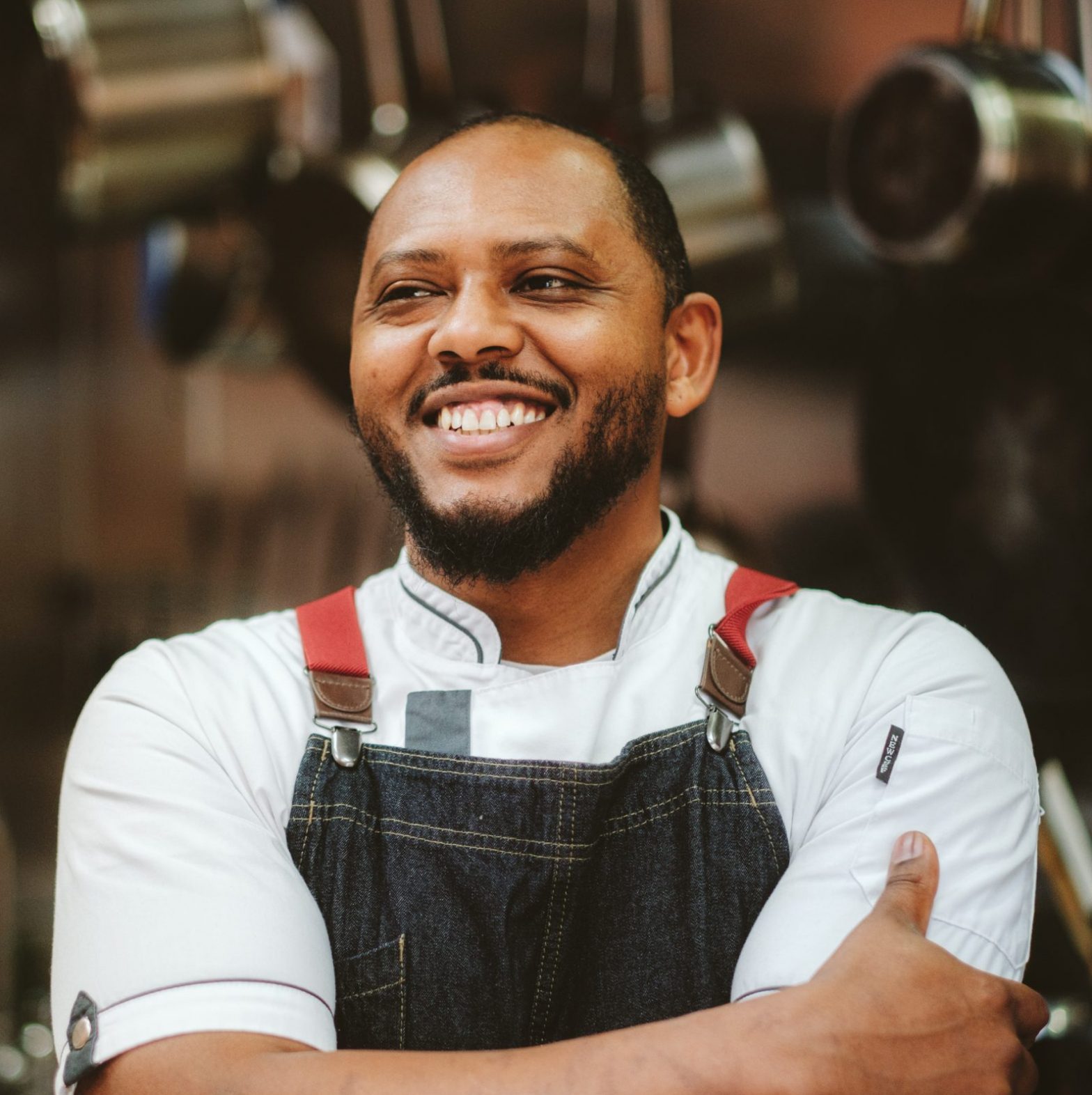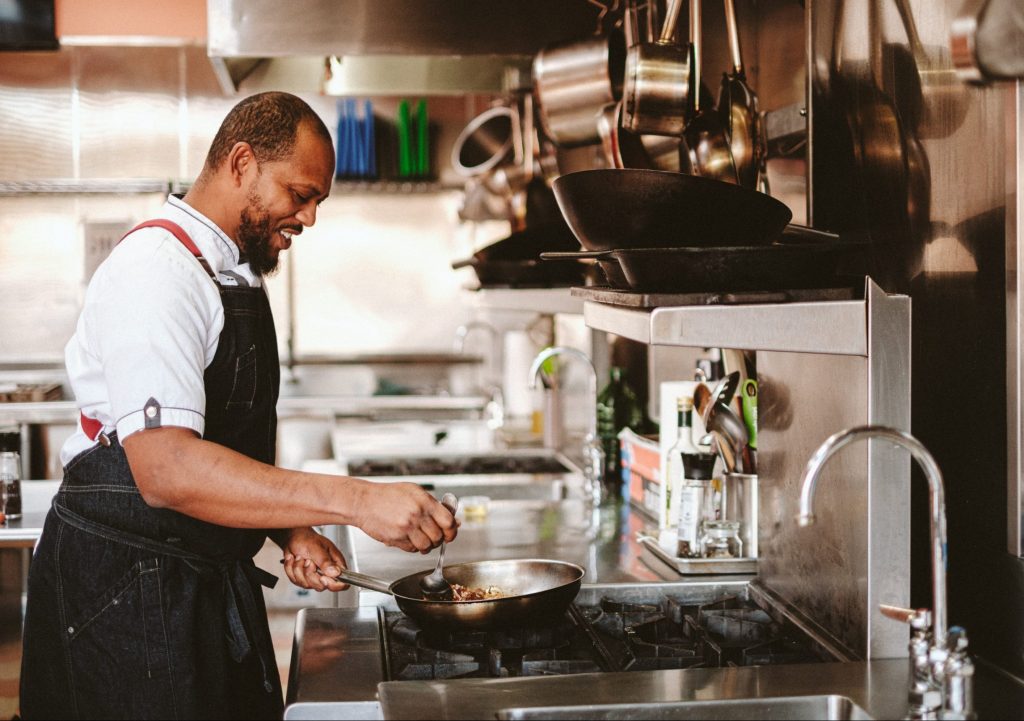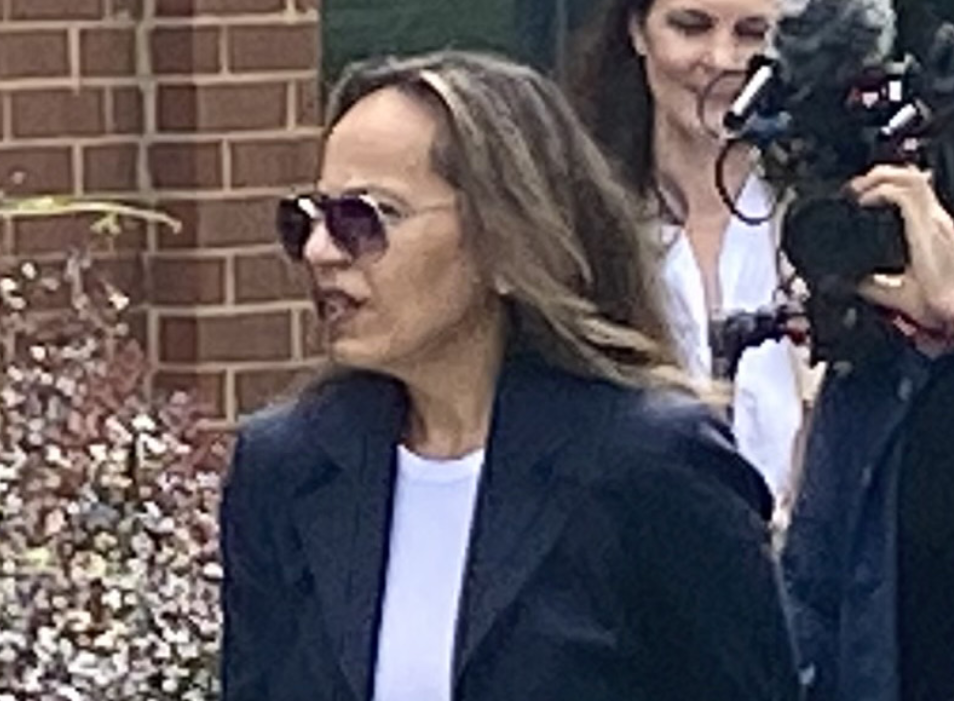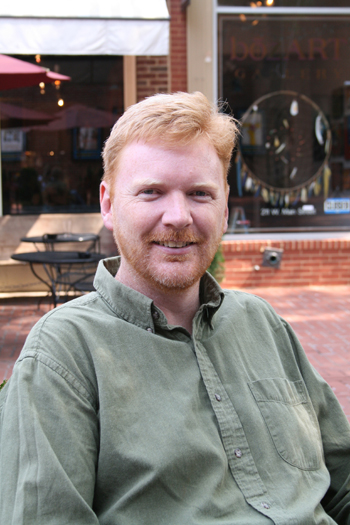For years, the Albemarle-Charlottesville Regional Jail has been plagued by a host of health and sanitary issues, including black mold, faulty wiring, leaky ceilings, poor plumbing, freezing temperatures, and bug infestations. Jail leadership has begun taking steps to renovate the 48-year-old facility, which serves the City of Charlottesville and Albemarle and Nelson counties. But the project’s $49 million estimated price tag—plus over $20 million in interest—has sparked division on the ACRJ Authority Board.
“[I] urge you to think long and hard before approving this project,” jail board member Lisa Draine, Charlottesville’s citizen representative, told City Council during its January 17 meeting. “Is this expenditure a good investment in our future? Does this align with our stated community values of equity and opportunity for all? I would answer, ‘No.’”
In addition to upgrading and replacing the HVAC units, electric systems, lighting, and air filtration, the proposed renovations will create an outdoor recreation space, larger visitation area, and dedicated mental health unit, as well as add more classrooms, programming space, and administrative offices. Housing areas will be revamped with larger common spaces, natural sunlight, sound-deadening materials, plexiglass, and more showers and private toilets.
Last week, Davenport & Company, the board’s financial advisor, detailed the project’s proposed finance plan to the councilors. The Virginia Board of Local and Regional Jails—as well as the jail’s member jurisdictions—has recommended the state cover 25 percent of the renovation costs. The General Assembly should approve or reject the funding request by late April.
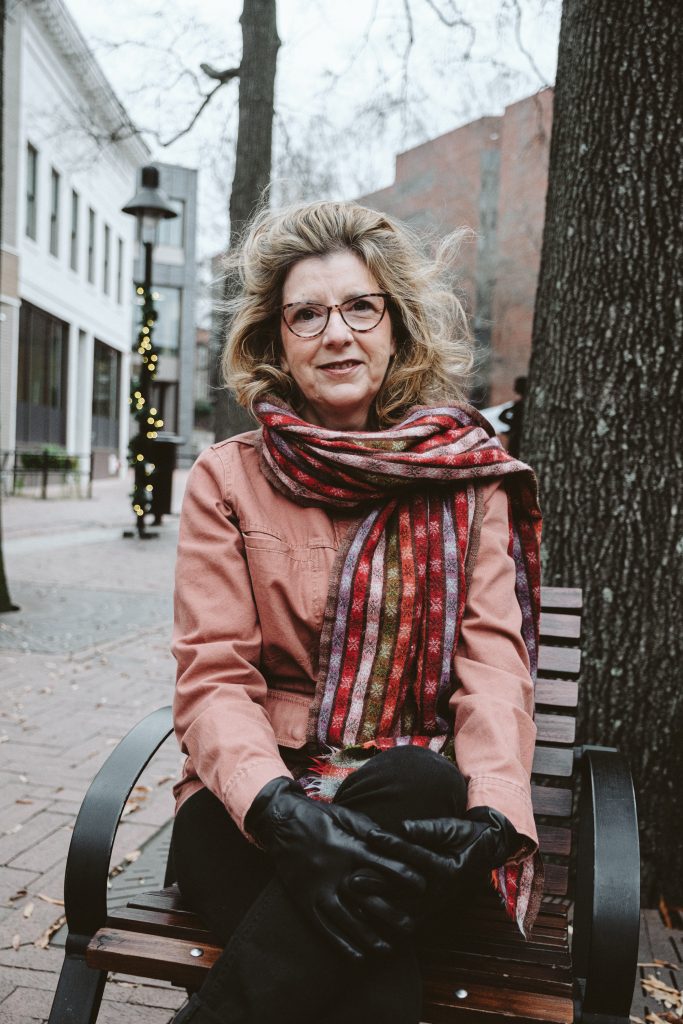
In May, the member jurisdictions and authority board are expected to approve the project’s interim financing, which will fund architecture and engineering services to fully design the renovations and prepare it for the bidding stage. In summer 2024, the jail authority will issue an estimated $35.5 million bond—with a 5.5 percent interest rate and 27-year term—to fund the remaining project costs and pay off the interim financing loan. The authority will also take out a grant anticipation note to fund costs eligible for the state reimbursement. The note will be paid off with the reimbursement, which the state will not issue until the renovations are completed.
When the bond is fully paid off in 2051, the project’s total estimated cost will be nearly $72.9 million. Each locality will pay a portion equivalent to their jail bed usage—Albemarle will pay around $33.3 million, while Charlottesville will pay nearly $30.1 million, and Nelson almost $9.5 million.
Draine urged the councilors to find more cost-effective ways to improve the jail’s poor conditions, such as by replacing or repairing “mechanical systems causing problems.”
“You would be saddling our children and grandchildren with a debt of over $1.1 million a year for the next 27 years,” said Draine. “The criminal legal system disproportionately affects Black and brown people and those in the lowest income brackets. I urge you to put money into areas that address racial inequity and poverty in our community: affordable housing, education, food insecurity, lack of opportunities for our youth, and especially access to mental health treatment.”
Though the renovations will not expand the jail’s capacity, it will increase its square footage. However, the jail’s newer wing is not currently in use, largely due to the facility’s low population and staffing shortage.
“[Why would we] want to spend millions on a facility with space that’s not being used and where the population has decreased below the rated capacity of 329 to its lowest level in 25 years?” said Draine.
Former jail board member Cyndra Van Clief also expressed concerns about the project’s hefty price tag. In March, the board passed a resolution asking the state jail board to consider approving the renovations, and requesting state reimbursement. Van Clief, a Republican and self-described fiscal conservative, was the only board member who voted against the resolution, citing a desire for more public input. In April, the Albemarle Board of Supervisors voted to remove her from the board for her “failure to act in the county’s best interest,” she told C-VILLE in May. (Though Draine voted in favor of the March resolution, she told C-VILLE in December, “If I could do it all again, knowing what I know now, I would change my vote.”)
In response to concerns about costs, Mayor Lloyd Snook says he has “no way to judge” whether the proposed renovations are too expensive, but trusts the jail board “will be on the lookout for unnecessary expenses.” He stresses that the city is in a “really bad spot” regarding the jail.
“We are required to have a jail, and we are required to have a jail that meets the needs generated by forces over which we have no control. … We have no control over who chooses to commit which crimes in Charlottesville. We have no control over the prosecutors … [or] the judges,” says Snook. “What we do have some control over is whether we have programs available that offer alternatives to incarceration,” such as the drug court, therapeutic docket, and pretrial release.
“One major change in the new jail plans is to have more space that is dedicated to rehabilitative programs,” adds Snook. “We want to make it easier for rehabilitative programs to be successful.”
Councilor Michael Payne agrees that member jurisdictions should explore ways to reduce the renovation costs. He expects the project’s price to be “significantly higher” than estimated, due to inflation, supply chain issues, and the facility’s age.
“Is there a way to reduce costs by renovating the newer, currently largely unused wings and closing the oldest out-of-date wing?” asks Payne. “Cost savings should not come from cutting corners and providing unhealthy, low-quality living conditions. … [But] can costs be reduced by decreasing the number of jail cells to reflect decreases in the inmate population?”
The city may also be able to save money by paying its portion of the renovation costs upfront with its own bond, Payne says. “Because we get better interest rates than ACRJ, we’d avoid the higher interest costs that would accrue over three decades.”
“I do support the jail improvements … [and] will always look for ways to make projects more cost effective,” says Vice-Mayor Juandiego Wade.
Councilor Brian Pinkston, who has replaced former councilor Sena Magill as council’s representative on the jail board, says he’ll be “taking a good look … to make sure I understand the costs and what we can do to reduce them overall,” but doesn’t think the 48-year-old facility will be able to repair or replace its systems without “significant architectural renovation work.” He is also wary of reducing its bed count—if Charlottesville or Albemarle ever elect “more reactive” prosecutors, or stricter laws are enacted, the jail’s population could rise one day.
“It’s unfortunate, but I think for a community of this size, the notion of investing $1 million a year for a jail that’s humane, it’s probably not unrealistic,” says Pinkston.
Jail board chairperson Diantha McKeel stresses that the selected architect will engage with the community, jail’s population, and other stakeholders to design the renovations. Costs can be further discussed throughout the engagement process.
“There is also a required ‘value engineering’ review component to the design, which determines the lowest possible construction cost,” says McKeel. “There will be another RFP to determine the construction company. … The actual cost to build will be determined by that bidding process.”
Additionally, the jail board authority’s bond will “have no impact on the three individual jurisdiction’s CIP programs and debt capacities,” says McKeel.
Construction is estimated to begin in August 2024 and finish in November 2025.




